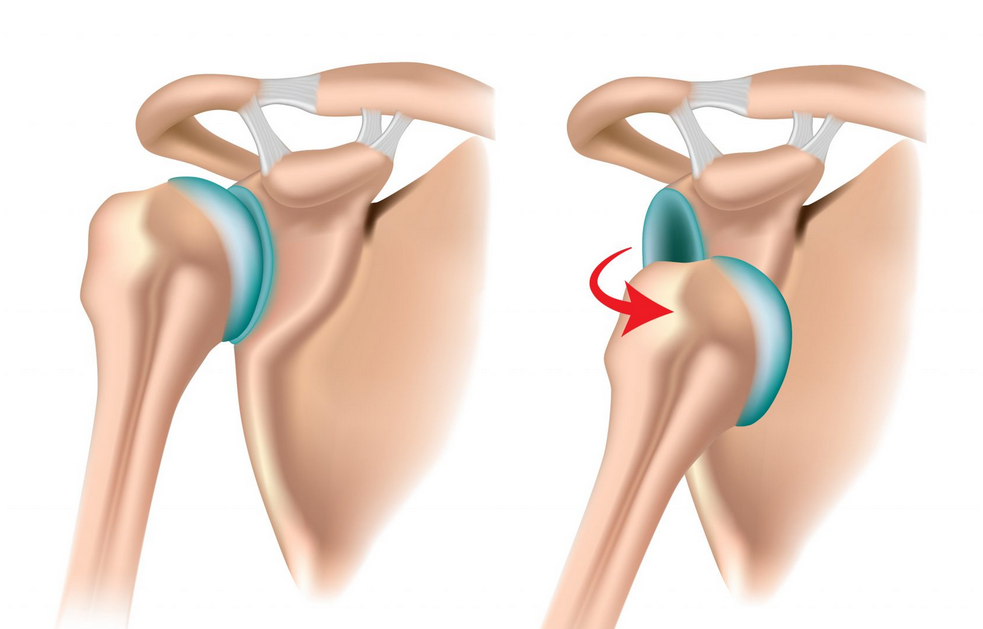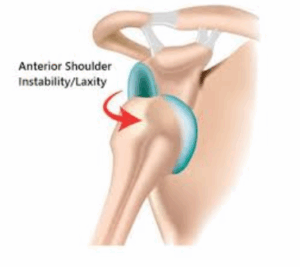
The shoulder joint (glenohumeral joint) has the most range of motion in the body. This allows us to move in many directions. However, sometimes this can develop into recurrent instability of the shoulder.

In order to keep the shoulder as stable as possible, the joint capsule, labrum, ligaments, bony morphology and muscles (also known as the dynamic stabilizers) are heavily relied on. If the integrity of any of the structures surrounding the shoulder become disrupted, it can lead to a number of issues such as subluxation to dislocation.
Traumatic shoulder injuries most commonly occur as a result of a sporting accident or a fall. Chronic recurrent instabilities can occur when someone experiences repeated dislocations which can cause microtraumas to the joint over time.
Sport-specific instability can often be seen in athletes where the shoulder capsule can become unstable over time due to overuse such as repetitive throwing. However, some people are born with hyper-mobile joints which can lead to joint issues such as instability in later years.
The labrum is a ring of cartilage that deepens and stabilises the shoulder socket. Labral injuries often co-exist with shoulder instability. It’s also important to note that a labral tear can be the cause of instability of the shoulder joint. The most common labral injuries are known as SLAP (superior lesion anterior posterior) or bankart lesions. Your physiotherapist may recommend an MRI investigation to rule in or rule out the diagnosis.
Common symptoms that we see alongside an unstable shoulder are a feeling of giving way, clicking, a feeling of instability or pain.
Conservative management through physiotherapy can help to build up the strength and stability around the shoulder. Each treatment plan is individualised based on the person’s specific goals. We can help you with education on how to manage your shoulder injury, strengthen and build stability along with working on motor control of the surrounding muscles to help manage your symptoms.